Mysterious Lunar Swirls On The Moon Finally Explained?
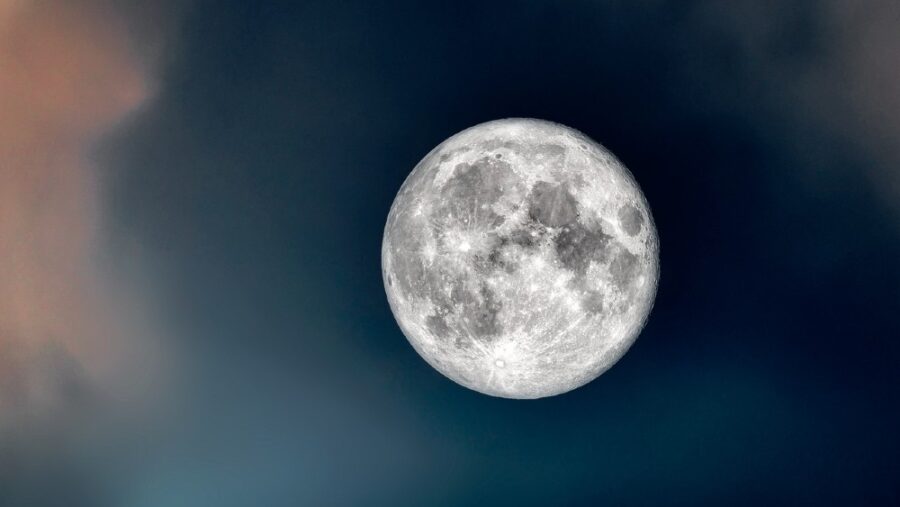
Swirling patterns etched into the lunar surface may have just revealed a significant clue about their origin. Research led by scientist Deborah Domingue of the Planetary Science Institute has shaken up the conventional wisdom surrounding lunar swirls, suggesting a link between these mysterious markings and the topography of the Moon.
Found On The Moon
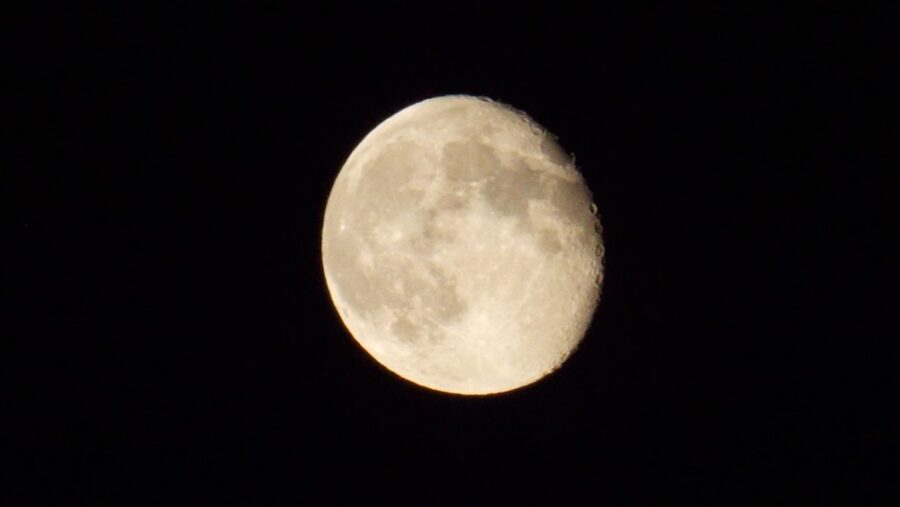
According to Science Alert, lunar swirls are present as bright curling lines on the Moon’s surface, often set against darker gaps. The canonical interpretation, until now, held that the formation of these swirls was independent of lunar topography.
However, after studying a swirl in Mare Ingenii, Domingue and her team found that the bright lines in this region are positioned lower than the darker lanes between them.
“The canonical interpretation of lunar swirls is that topography has no bearing on the location or shape of the swirl,” planetary scientist John Weirich explained.
Yet, Domingue’s team, armed with higher-resolution topographic data, uncovered a correlation that has the potential to reshape the scientific understanding of lunar swirls.
Analyzing Surface Topography
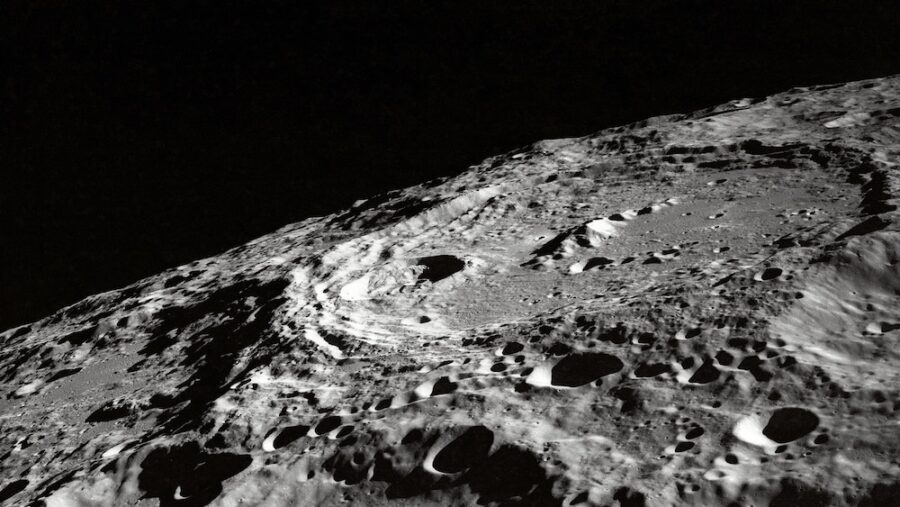
The revelations didn’t stop with Mare Ingenii. The investigation also included Reiner Gamma, arguably the most famous lunar swirl.
Armed with data from the Lunar Reconnaissance Orbiter Camera, they used machine learning to analyze surface topography at an unprecedented resolution.
Their findings mirrored those in Mare Ingenii, demonstrating that the elevation of the bright areas in Reiner Gamma is about four meters lower than the darker regions.
Challenging Established Theories
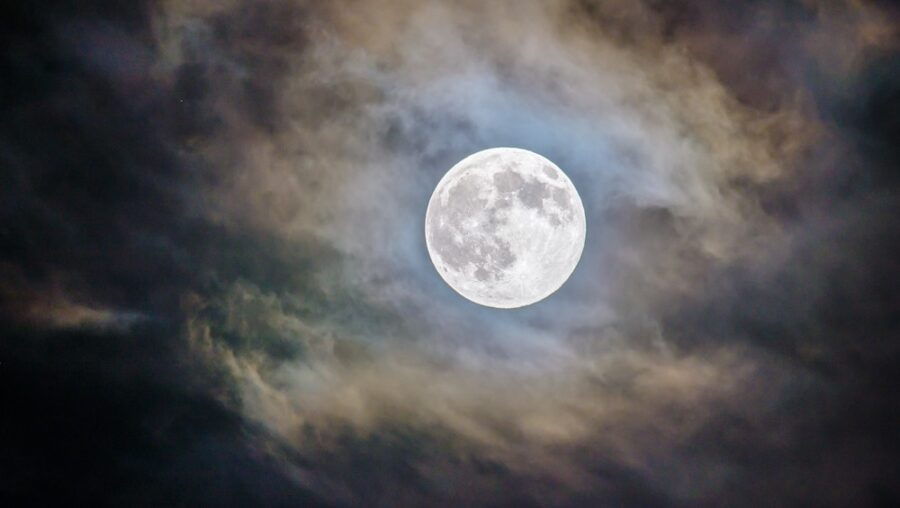
However, the relationship between topography and lunar swirls is not a straightforward one.
According to Weirich, this relationship is only seen when the average height of the bright areas is compared to the average height of the dark areas.
The significance of these findings lies not only in challenging established theories but also in establishing a potential pattern across multiple lunar swirls.
Captivating Scientists
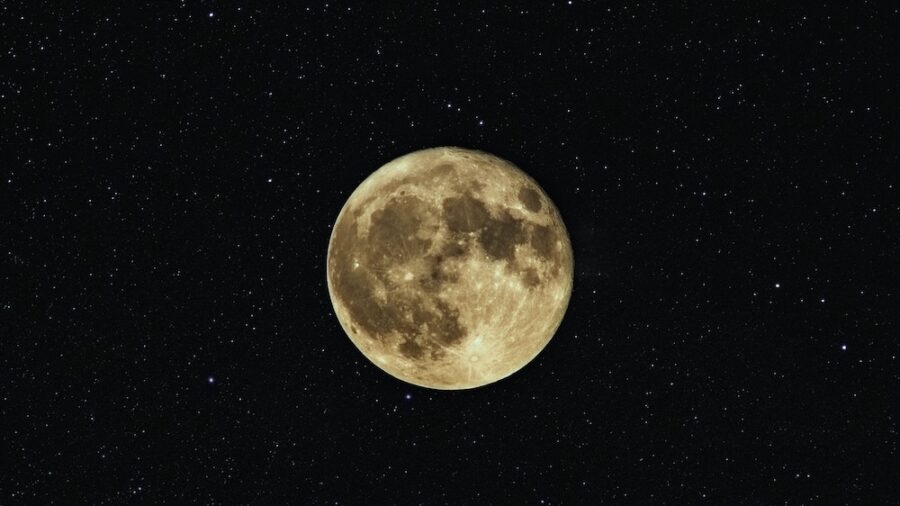
While two instances may not be sufficient to draw definitive conclusions, the consistency observed in Mare Ingenii and Reiner Gamma suggests a connection between topography and the formation of these mesmerizing oddities.
However, despite this groundbreaking revelation, the cause of these anomalies remains elusive.
“There are many hypotheses about their formation process. Each hypothesis has observations that support it, but there are also other observations that contradict them,” Weirich says.
Their distinctive patterns and magnetic field associations, continue to captivate scientists, offering a unique lens into the Moon’s history and the mysteries hidden beneath its surface.
Various Theories
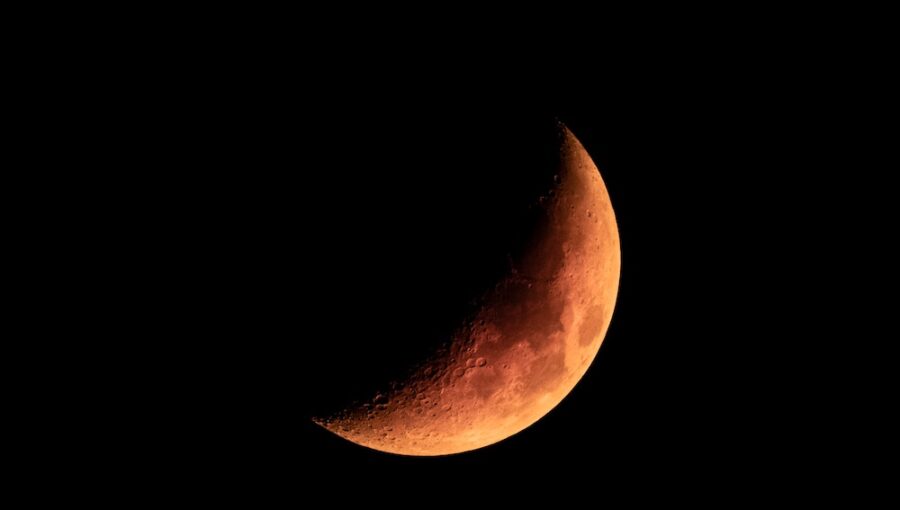
As Weirich aptly put it, “Unusual objects or phenomena are sometimes the key to obtaining deeper knowledge, and for this reason, lunar swirls are very intriguing.”
The research, shedding light on the connection between lunar topography and swirls, has been published in The Planetary Science Journal.
The first observations date back to the early 1970s when they were spotted in Lunar Orbiter images.
Over the years, various theories have been proposed to explain their formation, including the influence of solar radiation, magnetic anomalies, and topographical features.
Mathematical Simulations
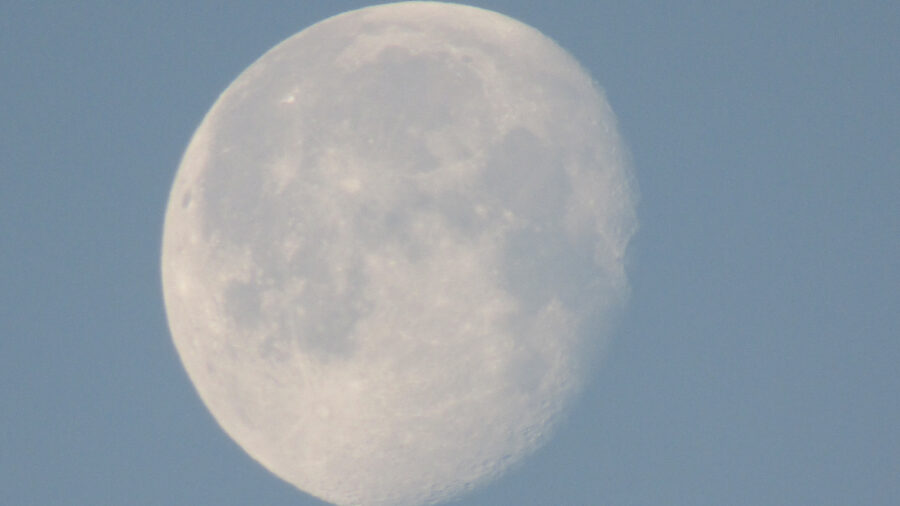
Interestingly, every swirl has a matching magnetic anomaly. However, not every magnetic anomaly has a corresponding swirl.
Previous research suggests that lunar swirl formation is a continuing process, possibly initiated after the creation of a magnetic anomaly.
Mathematical simulations have shown that lava tubes could have become magnetic as they cooled, providing a magnetic field that correspond with observations near the lunar swirls.












